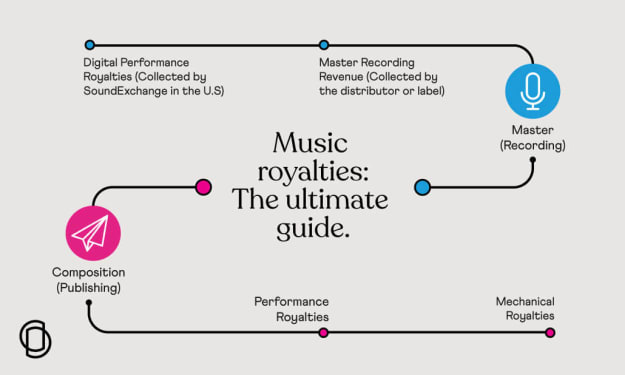High School Career Planning:
Research, Badges & Building Connections

Research
Everyone knows they need targeted research to pinpoint their most desired career choices (duh), but where the heck do you start? In theory, a well-defined process helps students make informed decisions, but teen career-pathing can also be daunting and confusing. There’s an abundance of general info, but a lack of curation, specifics and step-by-step instruction.
A good first step may be using FutureScape, an uncomplicated way to explore career options. The Futurescape career brief quiz helps you discover your unique personality traits and potential career paths. All it takes is 11 questions. We can handle that!
I always love the idea of starting small. List five people in field(s) you want to learn more about. Maybe create a little info sheet with a few paragraphs on each one. Do one or two people stand out? Are their emails available, or someone that works with them?
Nurturing Interests and Talents
Students want more than just a paycheck — they want to consider career paths that actually interest them. Is there anything they do that almost never feels like work? Students can begin to determine their interests is by asking themselves what do they enjoy doing, what do they hope to see in their daily lives, and what types of people they think they could work well with. According to all the students in my program, the last one was surprisingly important and evolved further as they began interning and interacting.
To help identify your strengths, try creating a list of your top five social or personal attributes; ask a friend to do the same. How can you better understand yourself and what you’re capable of? You can also ask your teachers, friends, or coaches to help identify traits that describe your abilities and strengths. Set up a small group, or how about a badge buddy — you and a friend commit to meeting up to work through a badge over a few weeks. The most important part is to get started already. Your life is waiting.

Landing Internships: Badges & Building Connections
1) Starter Badges.
One can look at six starter Indy Badges such as: Badge 2 Self Management (time management, perseverance, adaptability) or Badge 3 Learning Strategies (effective communication, problem solving).
Dedicating some hours to gaining certifications like time management is well worth it. “When a young person completes the badges, then applies to a job, it’s a way for businesses to have confidence,” said Austin Jenness, a spokesman for EmployIndy. It also lets employers know that you’re serious about job preparedness, and more likely to be successful in their office.
There are also countless badge and course choices available via IBM SkillsBuild. All for free.
2) Building Connections
Emails
Just because a company hasn’t posted a certain position online doesn’t mean there are no opportunities there. Feel free to write an inquiry email to see if you might be able to offer your services or have a 20-minute conversation with someone. You might be surprised. Sometimes once they meet you, it clicks. This is how the internship program started at my office! True story.
Go back and look at top choices (people) you researched. Perhaps one of these individuals (or that person’s assistant) can provide some insight or advice from their own experiences, or more info re: some projects and topics you’re also passionate about. Or perhaps one of their friends is hiring. If someone says no — who cares? Keep going.
As Daquan Oliver from WeThrive states, following up is important. Their participants even create a specific agenda around following up — TWICE. Any student (year after year) from my office will tell you how many people did not respond until they followed up the second time. These executives are busy and don’t want their time wasted. When that second email comes in, they know you mean business.
Volunteering and Unpaid Internships
If high school students can volunteer as an unpaid intern, this experience can be an excellent for developing resumes and gaining inside info about career choices. Unpaid work (for a limited time) allows you to explore a field that you’re passionate about, or discover that a field isn’t what it seemed, which is also good to know.
Some companies won’t hire minors (whatever), but some workplaces will gladly accept volunteer help. Additionally, once teens have more experience and can contribute in the workplace on a regular basis, they could potentially get paid in future months. At my office in NYC, all students needed to complete 30–60 hours of community service, so we had a built-in unpaid training period that made sense. After that, they could obtain stipends or salaries depending on experience. Once the students are actively contributing, making the case for payment is much easier.
About the Creator
Janice Zaballero
Janice Zaballero is a New York education consultant with decades of experience improving communities and helping others. To learn more, visit jlzconsulting.com.
Enjoyed the story? Support the Creator.
Subscribe for free to receive all their stories in your feed. You could also pledge your support or give them a one-off tip, letting them know you appreciate their work.






Comments
There are no comments for this story
Be the first to respond and start the conversation.